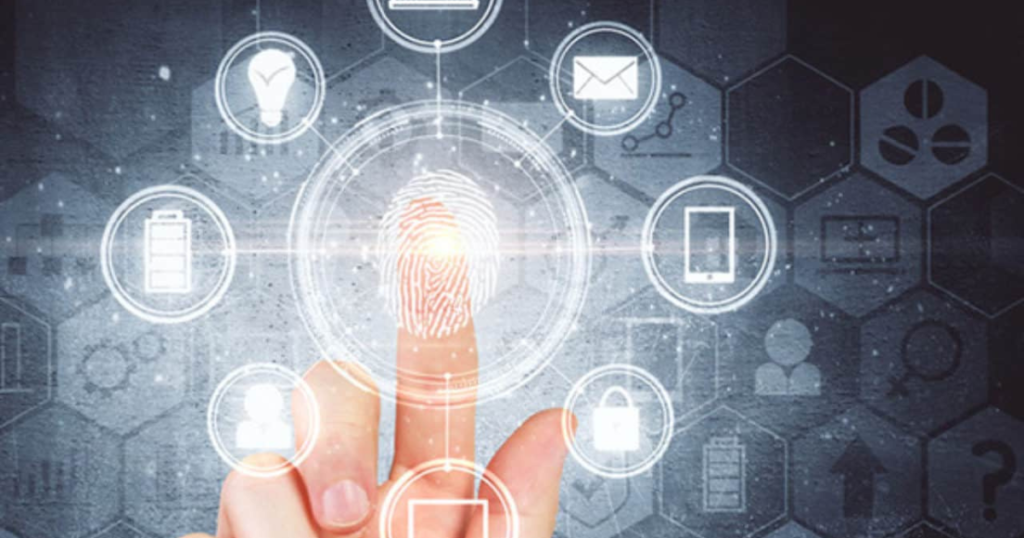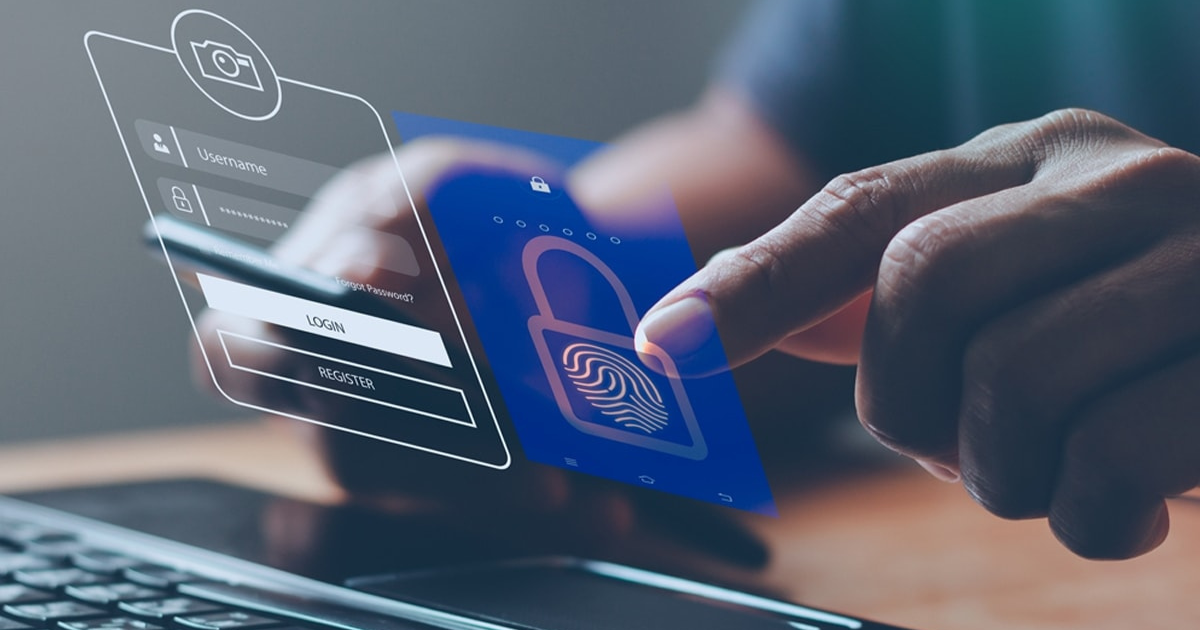In an era where Biometric Authentication Security threats are constantly evolving, traditional authentication methods such as passwords and PINs are becoming increasingly vulnerable to cyberattacks. Biometric authentication has emerged as a powerful solution, leveraging unique physiological and behavioral traits to verify identities. From fingerprint scanning to facial recognition, biometric security is transforming the way we protect digital identities. This article explores the advantages, challenges, and future of biometric authentication in digital security.
Understanding Biometric Authentication Security
1. What Is Biometric Authentication?
Biometric authentication is a security mechanism that verifies an individual’s identity based on unique biological traits. These traits include fingerprints, facial recognition, voice patterns, iris scans, and even behavioral characteristics like typing speed.
2. Types of Biometric Authentication
a. Fingerprint Recognition
Fingerprint scanning is one of the most widely used biometric authentication methods. It captures the unique patterns of a person’s fingerprint to grant access to devices, applications, or secure areas.
b. Facial Recognition
Facial recognition technology analyzes unique facial features and compares them to stored data for identity verification. It is commonly used in smartphones, airport security, and surveillance systems.
c. Iris and Retina Scanning
Iris and retina scanning technologies use high-resolution imaging to analyze unique patterns in a person’s eye. These methods provide high accuracy and are used in high-security environments.
d. Voice Recognition
Voice recognition systems authenticate users based on vocal patterns and speech characteristics. It is commonly used in call center security and voice-activated digital assistants.
e. Behavioral Biometrics

Behavioral biometrics analyze patterns in typing speed, touchscreen interactions, and mouse movements to verify identity. This method enhances continuous authentication without requiring additional hardware.
Advantages of Biometric Authentication
1. Enhanced Security
Biometric authentication provides a higher level of security compared to traditional passwords, as biometric traits are unique to each individual and difficult to replicate.
2. Convenience and User Experience
Unlike passwords that need to be remembered, biometric authentication simplifies the login process by allowing users to access accounts and devices with a simple scan or touch.
3. Reduced Risk of Identity Theft
Since biometric data is unique and tied to an individual, it is harder for cybercriminals to steal or forge biometric credentials compared to passwords or PINs.
4. Fast and Efficient Authentication
Biometric authentication is faster than entering passwords, making it ideal for high-speed access in workplaces, financial transactions, and mobile devices.
5. Multi-Factor Authentication (MFA) Enhancement
Biometric authentication can be combined with other security measures such as passwords or tokens for multi-factor authentication (MFA), adding an extra layer of protection.
Challenges and Concerns in Biometric Security
1. Privacy Concerns
The collection and storage of biometric data raise concerns about privacy and data misuse. If biometric data is compromised, it cannot be changed like a password.
2. Risk of Biometric Spoofing
Despite its security advantages, biometric authentication is not foolproof. Advanced spoofing techniques, such as deepfake technology or fingerprint replication, can bypass some biometric systems.
3. Storage and Data Breaches

If biometric data is stored in centralized databases, it becomes a target for cybercriminals. A breach of biometric databases could have severe security consequences.
4. Cost and Implementation Complexity
Deploying biometric authentication systems requires specialized hardware and software, making it more expensive and complex to implement compared to traditional authentication methods.
5. Legal and Ethical Issues
The use of biometric data is subject to legal regulations, such as the General Data Protection Regulation (GDPR) and the California Consumer Privacy Act (CCPA). Companies must ensure compliance with these regulations.
The Future of Biometric Authentication
1. Advancements in AI and Machine Learning
Artificial Intelligence (AI) and machine learning are enhancing biometric authentication accuracy, reducing false positives, and improving spoof detection.
2. Integration with Blockchain Technology
Blockchain technology can provide decentralized and tamper-proof storage of biometric credentials, reducing the risks associated with centralized databases.
3. Expansion of Contactless Biometrics
Contactless biometric authentication methods, such as facial recognition and palm vein scanning, are gaining popularity due to hygiene concerns and convenience.
4. Continuous Authentication
Future biometric systems may focus on continuous authentication, where a user’s identity is verified throughout a session based on behavioral biometrics and other biometric traits.
5. Adoption in Financial and Government Sectors
Governments and financial institutions are increasingly adopting biometric authentication for secure identity verification, border control, and fraud prevention.
Also Read: How Quantum Computing And Cybersecurity Are Reshaping Data Protection?
Conclusion
Biometric authentication is revolutionizing digital identity protection by providing enhanced security, convenience, and efficiency. While challenges such as privacy concerns and data breaches exist, ongoing advancements in AI, blockchain, and biometric security measures are making biometrics a reliable authentication method. As technology evolves, biometric authentication is expected to play a crucial role in safeguarding digital identities and preventing cyber threats.
FAQs
1. Is biometric authentication more secure than passwords?
Yes, biometric authentication is generally more secure than passwords because biometric traits are unique and difficult to replicate. However, additional security measures should be implemented to prevent spoofing and data breaches.
2. Can biometric data be stolen or hacked?
Yes, biometric data can be stolen if stored in centralized databases. To mitigate risks, organizations should use secure storage methods such as encryption and decentralized identity solutions.
3. What happens if my biometric data is compromised?
Unlike passwords, biometric traits cannot be changed. If compromised, organizations must implement fallback authentication methods and enhance security protocols to prevent unauthorized access.
4. How does AI improve biometric authentication?
AI enhances biometric authentication by improving accuracy, reducing false positives, and detecting spoofing attempts through advanced machine learning algorithms.
5. Will biometric authentication replace passwords completely?
While biometric authentication is becoming more prevalent, passwords may still be used as a backup authentication method. Multi-factor authentication (MFA) combining biometrics and passwords is a more secure approach.

